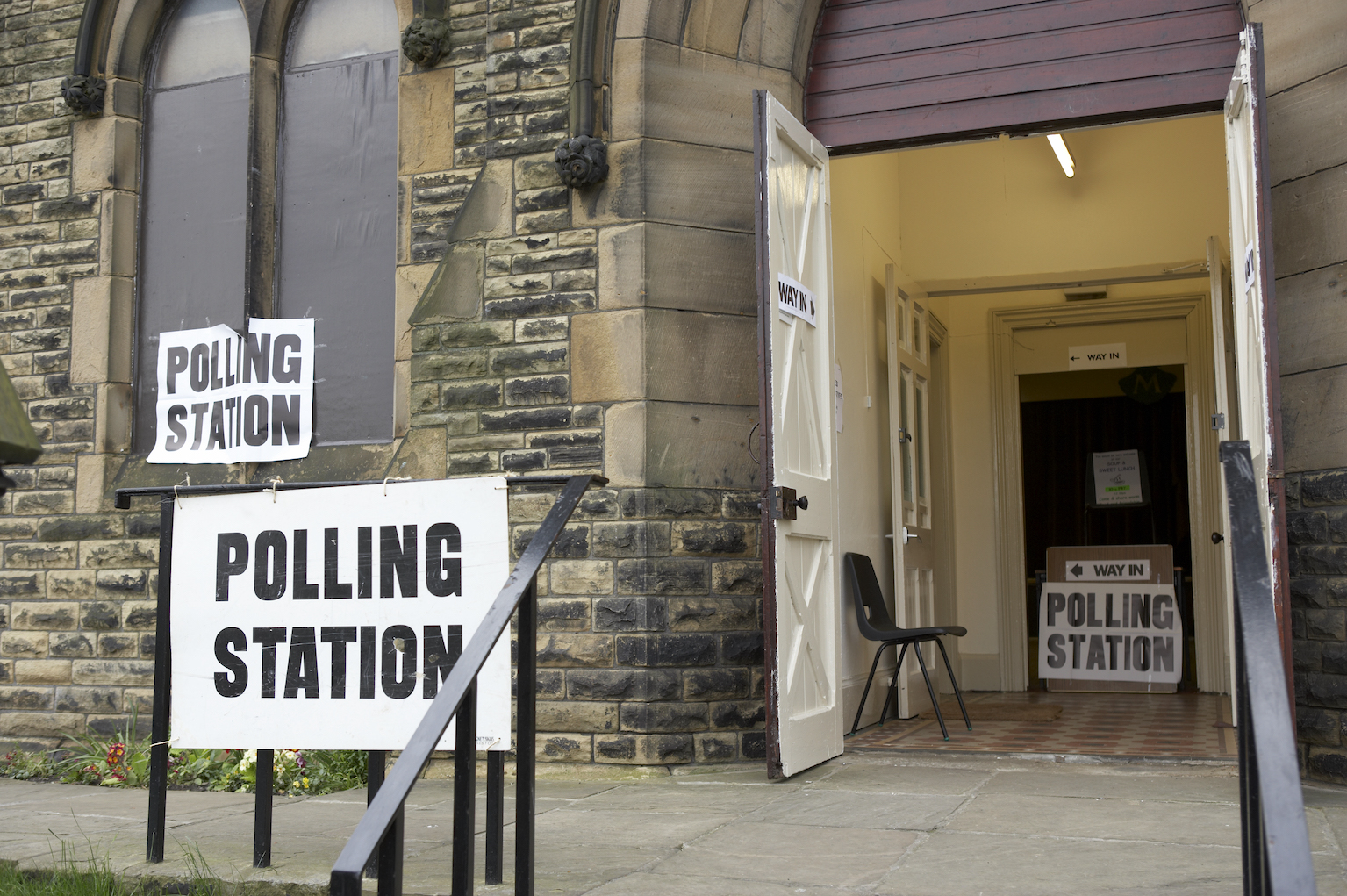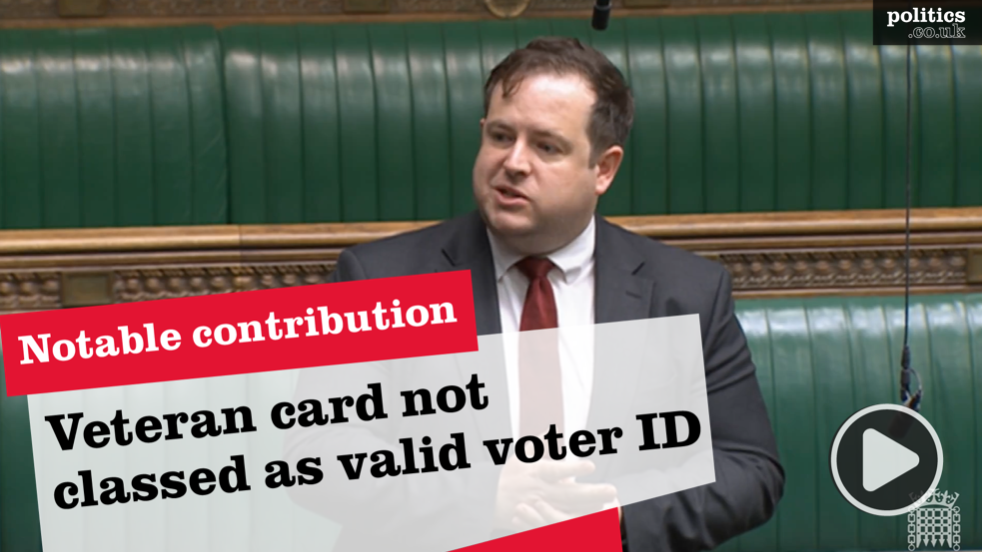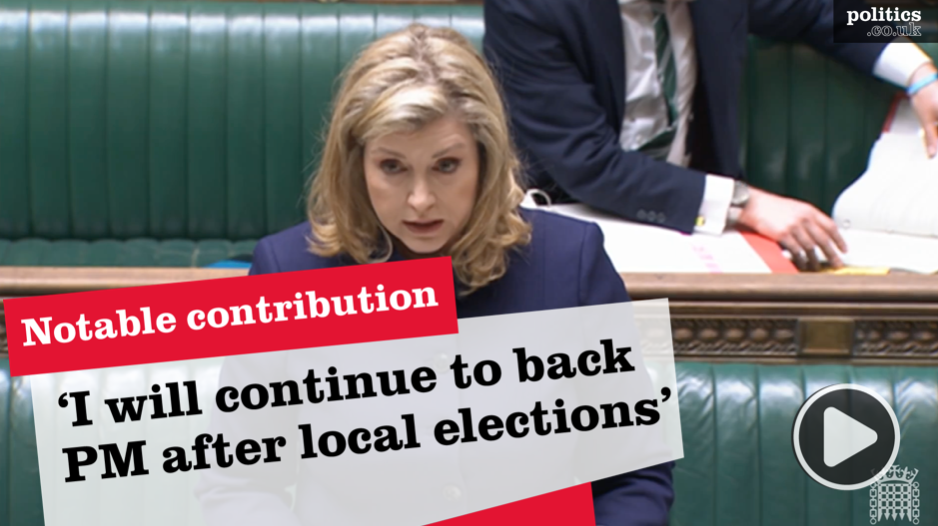The upcoming local elections on 4 May will be the biggest test of political opinion in England ahead of the next general election, with around 8,000 council seats in 240 councils up for grabs. The poll will also be the first big test at the ballot box for Rishi Sunak since he became prime minister in October last year.
The Conservatives know they have the most to lose at the election; 3,365 of the councillors defending their seats are Conservatives and the polls indicate that the party may lose hundreds of them. One model suggests the party may lose as many as 1,000 seats in May with Labour expected to make big gains.
Labour has a good chance of forming the next government at Westminster and Sir Keir Starmer is under pressure to show the fruits of his long-held polling lead. But Sir Keir’s wins will have to be big in May to give his party confidence that it can achieve the 10% swing needed to get the keys to Downing Street at the next general election.
The Labour leader’s team may be hoping for a result that rivals Tony Blair’s 1995 local elections showing, which saw the party garner a vote share of 47%. But even on current projections, this would be a serious achievement.


With the Liberal Democrats, the Green Party and Reform UK also battling to make their mark ahead of 2024, below are some of the key races to keep tabs on:
Yarmouth
Yarmouth is a key target for Labour in the upcoming local elections, with Sir Keir and shadow chancellor Rachel Reeves already having spent time in the area promoting the party’s pledge to offer £700m to support small businesses with energy bills.
As things stand currently, Labour holds 14 of 39 seats on Great Yarmouth Borough Council, placing the party on the verge of a majority.
UKIP once had a strong presence here, but their recent demise from 2018 onwards has bolstered the Conservative position on the council. The upcoming election now presents a prime opportunity for Labour to take control for the first time since 2014.
The Great Yarmouth parliamentary seat is currently held by Brandon Lewis, a former cabinet minister, with a majority of 17,663. It would therefore be a long shot come a general election, but the kind of seat Sir Keir might win on a very good night. Certainly, a strong showing in the local elections would raise the constituency up the party’s list of targets for 2024.
Mid-Suffolk
Mid-Suffolk is another East-Anglian constituency where the Conservative party is under threat — this time from the Greens.
In 2019, the Greens won 12 of the 34 seats on the council, becoming the largest opposition party. The election also saw the Conservative group lose its leader and its majority, but the party has hung on to power thanks to the support of an independent councillor and the casting vote of the chair.
The Greens now need to win six extra seats here on 4 May to form their first ever majority administration.
In what is perhaps a sign of the times, many of the Conservative candidates in the area have labelled themselves “local Conservatives”. It has been interpreted as an attempt to distance themselves from the national government’s record. The group will be hoping to pick up two seats to reclaim a full majority on the council.
Tees Valley (various)
To be on track to form a government in 2024, Labour will need to regain “red wall” areas such as those in Tees Valley.
The fact that the Tees Valley Combined Authority elected a Conservative mayor in 2017 was an early sign of voters deserting Labour in the red wall. It was a pattern reinforced by the 2019 local elections, which saw Middlesbrough council and Darlington, Hartlepool and Stockton-on-Tees BCs fall from Labour to under no overall control.
The parliamentary constituency of Hartlepool also fell to the Conservatives during the by-election of 2021 in what was a particularly sour moment for Sir Keir’s Labour leadership. A strong showing in the borough council election here would be a symbol of the party’s reversal in its electoral fortunes over the last two years.
In Middlesbrough, too, Labour will fancy its chances of unseating enough of the 2019 winners to regain its majority.
The Conservatives will also face challenges from Reform UK in these areas, with the re-styled Brexit party looking to eat into their vote in places like Hartlepool.
Dacorum
Dacorum, the site of the Liberal Democrats’ local elections launch, is a key local election target for Sir Ed Davey as he looks to challenge Conservative candidates in the “Blue Wall”.
As part of the launch, the Liberal Democrat leader — not known for his subtlety — ploughed through rural Hertfordshire on a yellow tractor, demolishing a wall of blue hay bales in the process.
The Liberal Democrats are the main party in opposition in Dacorum, with 19 seats on the authority. The Conservatives have a strong majority of 31/51, but Sir Ed Davey senses an underlying vulnerability.
Heartened by recent by-election victories in Tiverton and Honiton and North Shropshire, both won by the Conservatives in 2019, the party’s performance in Dacorum will be an important signal as to how Sir Ed’s political fortunes are evolving.
The Liberal Democrat leader told his party’s launch event: “We’re finding that lifelong Conservatives are saying they’ve had enough, that they’re never going to vote Conservative again and they’re switching to the Liberal Democrats”.
The Liberal Democrats will also be hoping that constituency boundary changes in Hertfordshire will create opportunities for inroads into this key part of the Blue Wall bloc come 2024.
At the 2019 general election, Conservative MP Sir Mike Penning won a majority of 14,563 in his Hemel Hempstead constituency, with the Liberal Democrats coming in third behind Labour on 6,317 votes.
And South West Hertfordshire, Dacorum’s other constituency, is currently represented by the Conservatives’ Gagan Mohindra. Mr Mohindra replaced David Gauke as the area’s MP — the former Tory MP stood as an anti-Brexit independent candidate in the 2019 election. The Liberal Democrats finished fourth on 6,251 votes.
The new electoral map drawn by the independent Boundary Commission will see Sir Mike Penning’s Hemel Hempstead constituency spread west and split Gagan Mohindra’s South West Hertfordshire seat in two. The southern portion of Mohindra’s seat remains as South West Hertfordshire, but the northern portion joins up with fellow Conservative MP Bim Afolami’s Harpenden in a new Harpenden and Berkhamsted seat.
The significant changes to Hertfordshire’s electoral map will have raised hopes at Liberal Democrat headquarters that the party can cause some electoral upsets here in 2024.
Blackpool
The last time local elections were held in Blackpool in 2019, voters chose to keep Labour in control of the council. However, the party has now lost majority control, holding 20 of the 42 seats with the Conservatives the largest opposition party on 15 councillors.
And since the 2019 local elections, Blackpool has sent two Conservative MPs to Westminster by way of Scott Benton and Paul Maynard. Mr Benton’s victory in Blackpool South made him the first Conservative MP to represent the constituency since 1997.
However, Mr Benton lost the Conservative whip just weeks ago after becoming embroiled in a lobbying scandal as a result of a sting by the Times newspaper. The MP has also clashed with his local Conservative Party which led to the resignation of its group leader and councillor Tony Williams in February this year.
The confluence of local and national trends probably puts Labour in prime position to take control of the council once more. A strong showing would set the party on course to reclaim its two parliamentary seats at the 2024 general election.
Bolton
The outcome of the battle for Bolton council will be another key signifier ahead of 2024.
Labour ran the council throughout the 2010s but lost control in 2019, leaving the Conservatives in charge with a minority administration. The ruling party then saw off a challenge from Labour in the 2022 locals — but the current “all out” election means every single seat is up for grabs this time.
Labour topped the poll last year and will hope to restore their control of the council which they had enjoyed for more than 30 of the past 40-odd years prior to 2019.
Like Hartlepool, Bolton is an example of an area Labour have to make progress in if they want to even think about forming a government in 2024. However, gaining overall control may prove difficult on this occasion, with one-fifth of the current council seats currently held by independent and small local parties.
Swindon
Labour launched their local election campaign in Swindon at the start of April, immediately marking out the Wiltshire town as a key battleground. The party needs to win six seats to wrestle back control of the area’s council.
Sir Keir will also be aware that his path to Downing Street runs directly through Swindon’s two parliamentary constituencies: Swindon South and Swindon North, both lost to the Conservatives in 2010.
Making no secret of his designs on the area, Sir Keir told Sky News on a walk-about at the start of April: “I’m measuring this on the road to the next general election and I want to see the Labour Party making real progress”.
Heidi Alexander, formerly the Labour MP for Lewisham East, is the South Swindon parliamentary candidate. She will be taking on former cabinet minister Robert Buckland in 2024. Her presence in the constituency is another key signifier of Starmer’s intent for Swindon.
Both Buckland and Alexander have been busily doorstepping ahead of the May local elections. Their’s will be a clash to watch two years from now.











